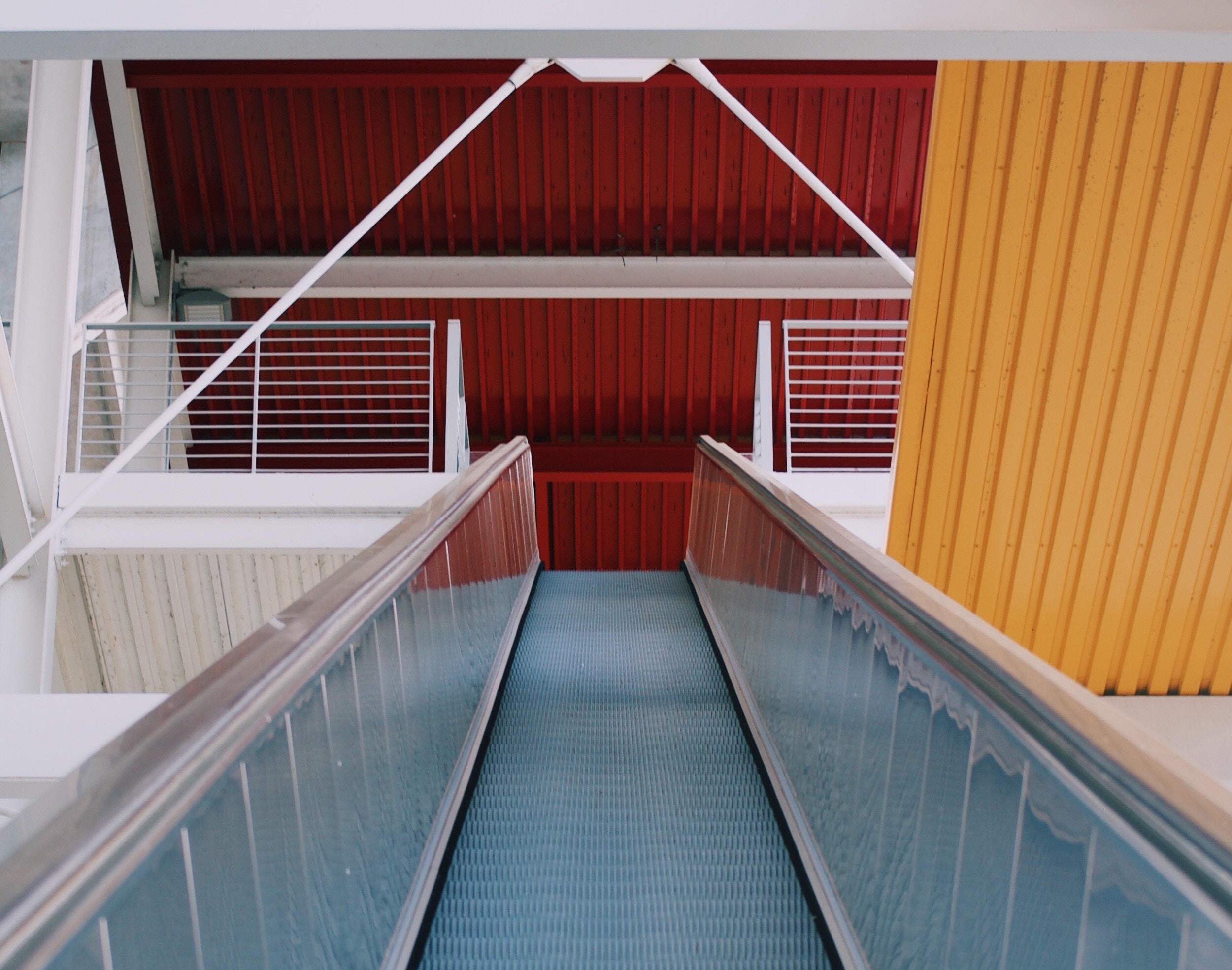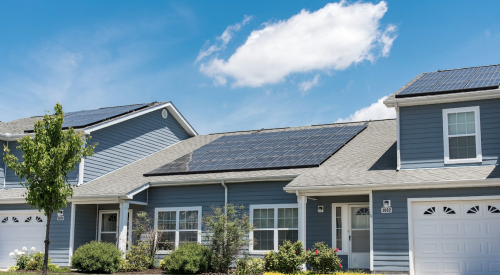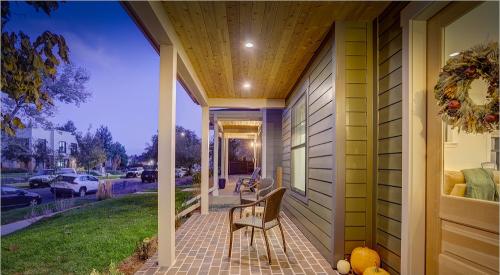Researchers Develop Software That can Calculate Potential Solar Energy Yield at Any Location
Researchers at the Delft University of Technology in the Netherlands have developed new methods that permit fast and accurate calculations of the solar energy potential of building surfaces in urban areas. Researchers say their software toolbox can accurately calculate the energy yield of PV systems at any location. The technology determines the amount of irradiation received annually at a particular spot in any urban landscape.
The annual irradiation is derived from a composite of the sky view factor and the sun coverage factor. This can be determined from a skyline profile of any city.
The study shows the use of these two parameters significantly reduces the computational complexity of the problem while yielding accurate results more quickly than traditional computation tools. The tool can determine where solar panels can be placed within an urban environment to produce the maximum amount of electricity possible at any given location. It can also eliminate installations that are less efficient over the course of a year than desired.
California’s Carbon Reduction Goals to be Aided by Programs to Convert Heating, Hot Water Systems
About 90 percent of California’s furnaces and water heaters currently run on natural gas or propane, and these are significant sources of carbon emissions. Most of these systems will have to be converted to high-efficiency heat pumps and solar thermal heating for the state to meet its ambitious decarbonized buildings goal. These technologies will have to be supported with more energy efficiency measures and batteries to store solar energy.
Renewable electricity won’t be enough to meet 2030 greenhouse gas reduction goals. Twenty-five percent of total emissions in California are from homes and buildings.
Two new programs aimed at reducing emissions from buildings will launch this year: Building Initiative for Low Emissions Development (BUILD), and Technology and Equipment for Clean Heating (TECH). The programs will test different approaches to decarbonizing buildings. The programs will receive $200 million over four years from natural gas utility carbon allowance proceeds derived from the state’s cap and trade program.
New Jersey Enforcing New Ban on Smoke Detectors with Disposable Batteries
A new ban on smoke detectors with disposable batteries went into effect in New Jersey at the beginning of this year. Anyone renting or selling a one- or two-story home built before 1977 must replace that type of smoke detector with a 10-year sealed battery smoke alarm.
Homes built after 1977 are not subject to the new regulations because requirements already existed for these residences to have a hardwired alarm. A similar law also went into effect in New York.
OSHA Authorizes Inspectors to Use Drones
OSHA has authorized its inspectors to use drones for work site inspections, according to published reports. An OSHA memo states that drones “may be used to collect evidence during inspections in certain workplace settings, including areas that are inaccessible or pose a safety risk to inspection personnel.”
The memo advises inspectors to obtain “express consent” from the employer prior to using drones on any inspection. It doesn’t address, though, what constitutes express consent when multiple employers are present at a work site. One construction firm executive said that employers may want to deny OSHA’s request because it opens the door to citations for hazards in plain sight.
Maryland County Challenges Sprinkler Requirement on New Homes
Worcester County (Maryland) Commissioners have decided to not enforce state residential sprinkler requirements for new single-family homes. The commissioners recently voted to have staff prepare a building permit that would allow people to opt out of installing residential fire sprinklers. The action has drawn criticism from fire safety officials.
County commissioners contend that the sprinkler law is an unfunded mandate that puts an undue burden on anyone interested in building a home. Incorporating a sprinkler system into a new home should add only about 1 percent to construction costs, according to the state fire marshal. Existing homes are exempt from the law.













